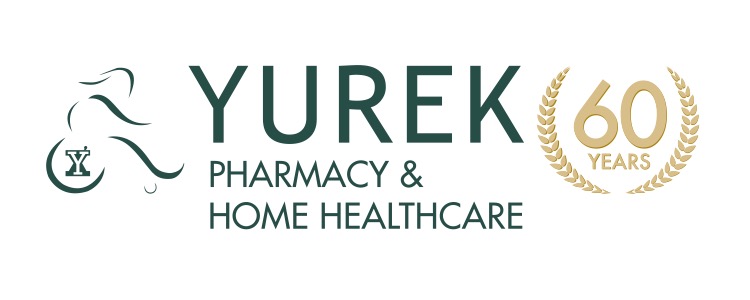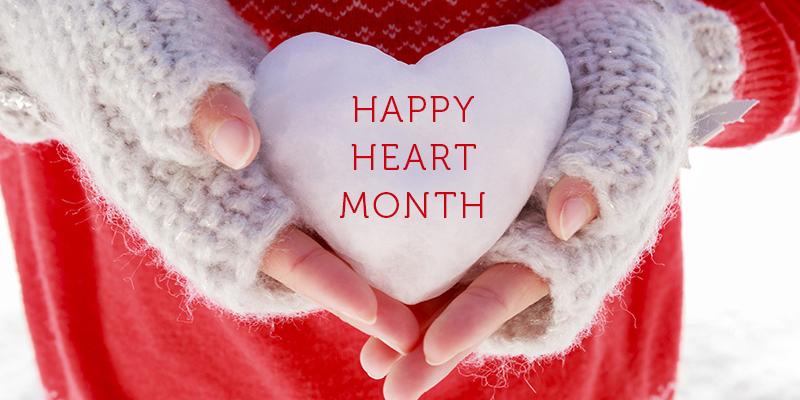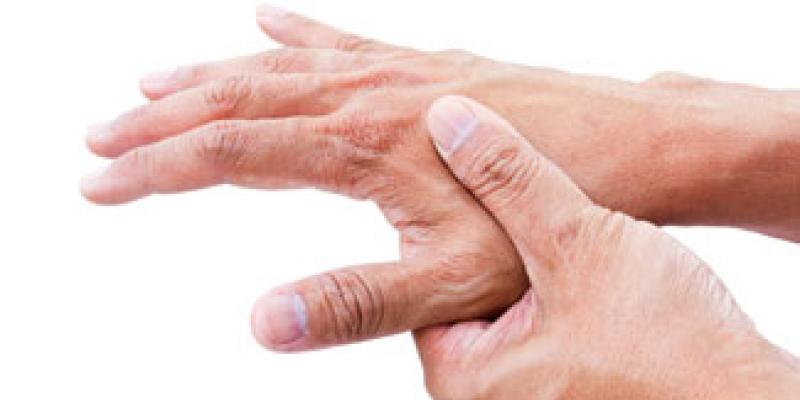Under-Researched
While women make up 51% of the population, 67% of clinical trials focus on men. It is therefore difficult to determine if medications that work well in male dominated research will be effective and safe for women. The good news is that many research proposals now include and insist that women be represented in order to receive funding. This will ensure that new therapies can truly be said to be effective in women.
Under-Diagnosed
A study in the journal, Circulation, found that early signs of heart attack (shortness of breath, dizziness, weakness and fatigue) were missed by 78% of women even though the symptoms persisted over weeks to months. This may be related to differences in how men and women report pain. Men will often have the classic chest gripping pain, while women report pressure or heaviness. To further complicate matters, diagnostic criteria (angiograms, stress tests) were also validated by testing predominantly middle aged men and may not be as sensitive in women. Men generally have disease in the larger vessels of the heart which is identified by an angiogram. Women tend to have disease in the smaller vessels which may be missed. Similarly, the stress or treadmill test can be misleading in women, particularly young women compared to their male counterparts. Missing an early diagnosis can be detrimental in any disease, but in heart disease it’s especially concerning as early intervention is key.
Under-Treated
Studies show that there is bias when treating women. Women are less likely to receive blood pressure lowering and cholesterol lowering therapies compared to men. This may have to do with the perception that heart disease is a male dominated disease, which causes under-diagnosis in women.
Under-Supported
There has been quite a bit of news locally about cardiac rehabilitation. Some hospitals feel that rehabilitation is not part of their mandate and are balancing budgets by slicing away these programs. In fact, cardiac rehabilitation has been shown to decrease readmission to those same hospitals by 31% and reduce death by 25%. Despite the known benefit of rehab services, women are only 50% as likely to attend them as men. There are a number of reasons why this is the case. Firstly, women are referred less than men by their physicians. More women may be financially disadvantaged limiting their abilities to participate. Women often have to balance family responsibilities such as looking after children or aging parents.
Under-Aware
When women are asked about the dangers of heart disease, many are not knowledgeable despite years of information campaigns. This is particularly true for young women and visible minorities. Many of the women surveyed were not aware that heart attacks and strokes are the number one killer of women world-wide, or that heart disease causes five times as many deaths as breast cancer. This under-awareness leads to increased risk factors such as obesity, lack of physical activity and excessive alcohol consumption.
While this report presents a startling picture of the current states of women’s heart health, it also shows efforts to close the gender gap. Research focusing on and including women, building awareness campaigns that target women and encourage all healthcare providers to recognize and correct their gender biases are just some of the ways we can improve heart health for women. Take care of yourselves and each other.









One Comment